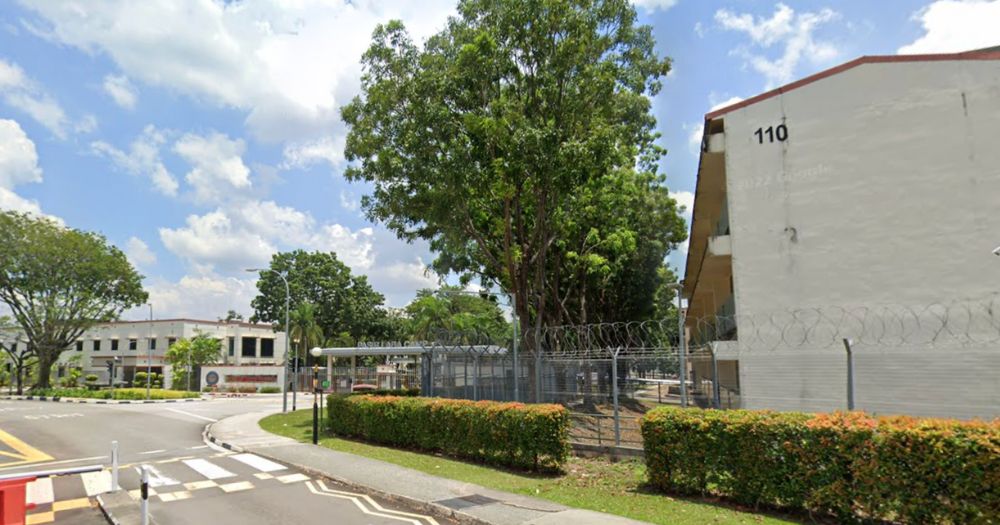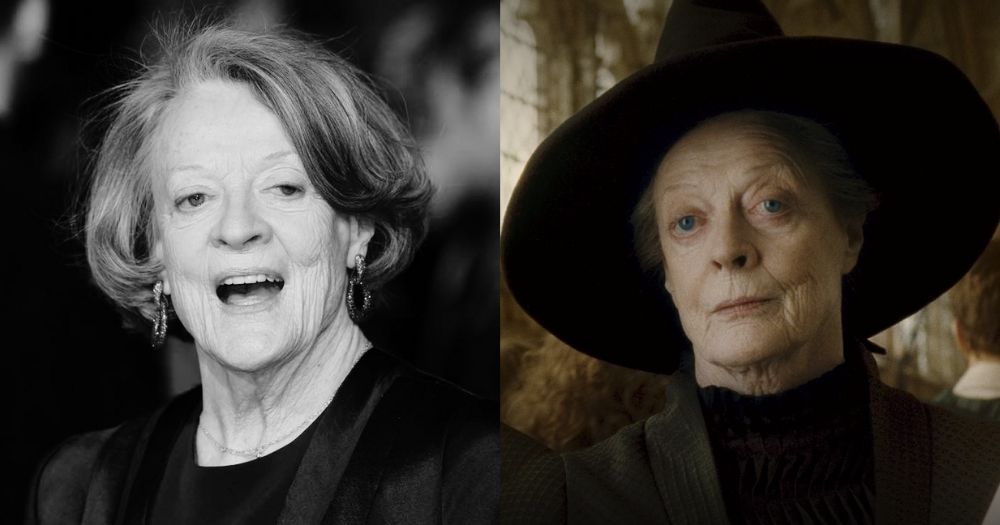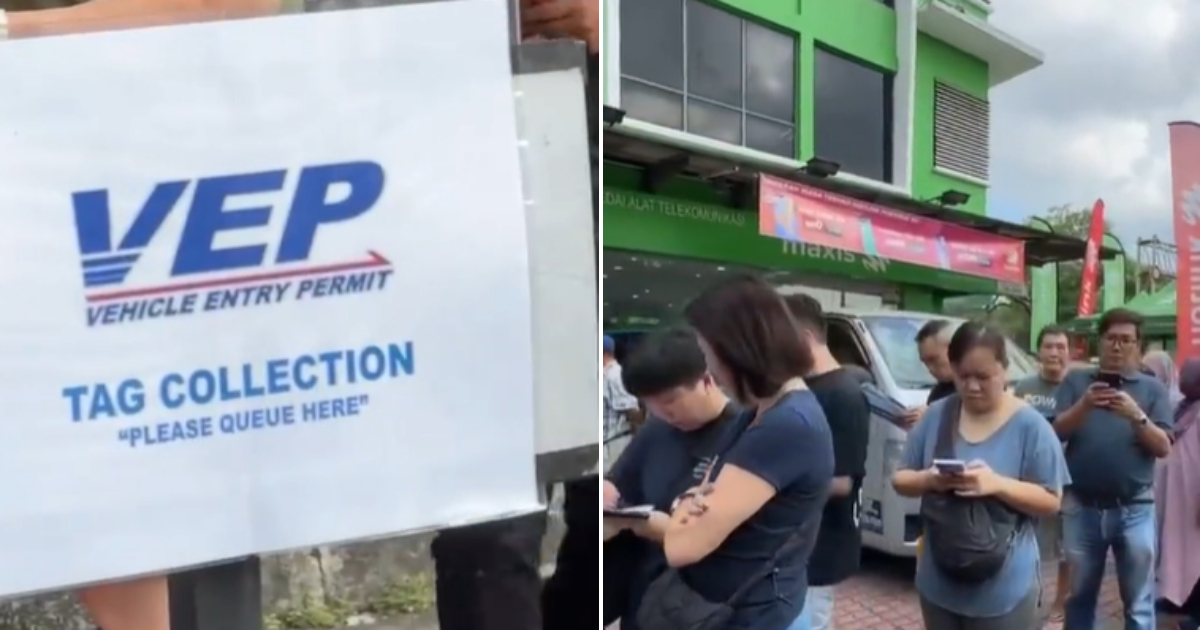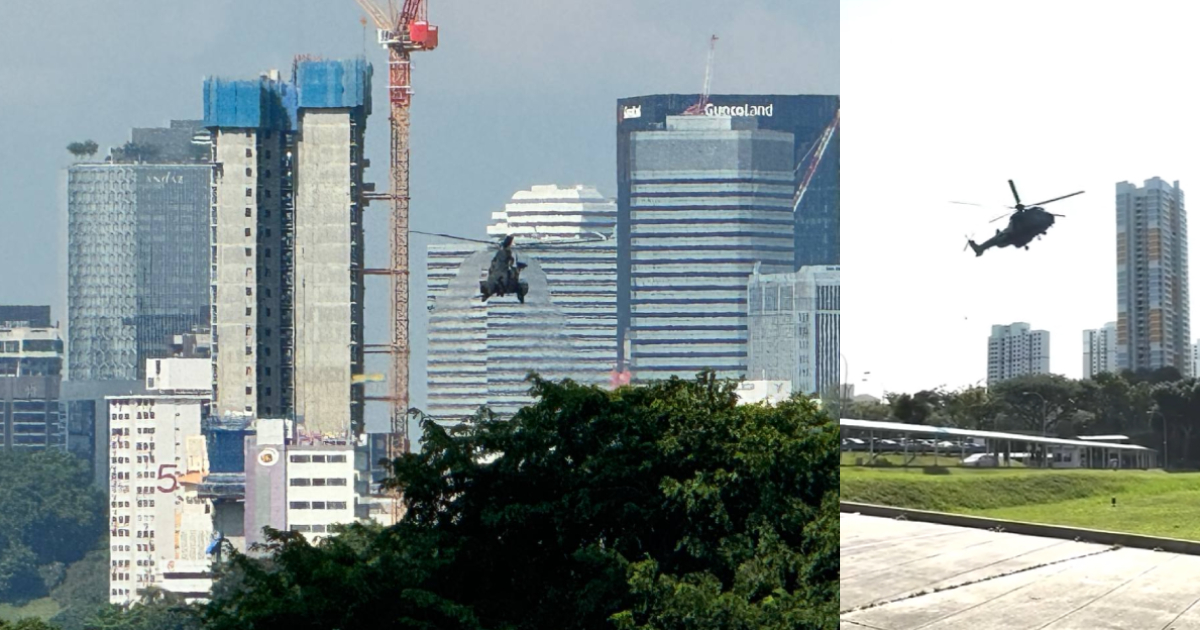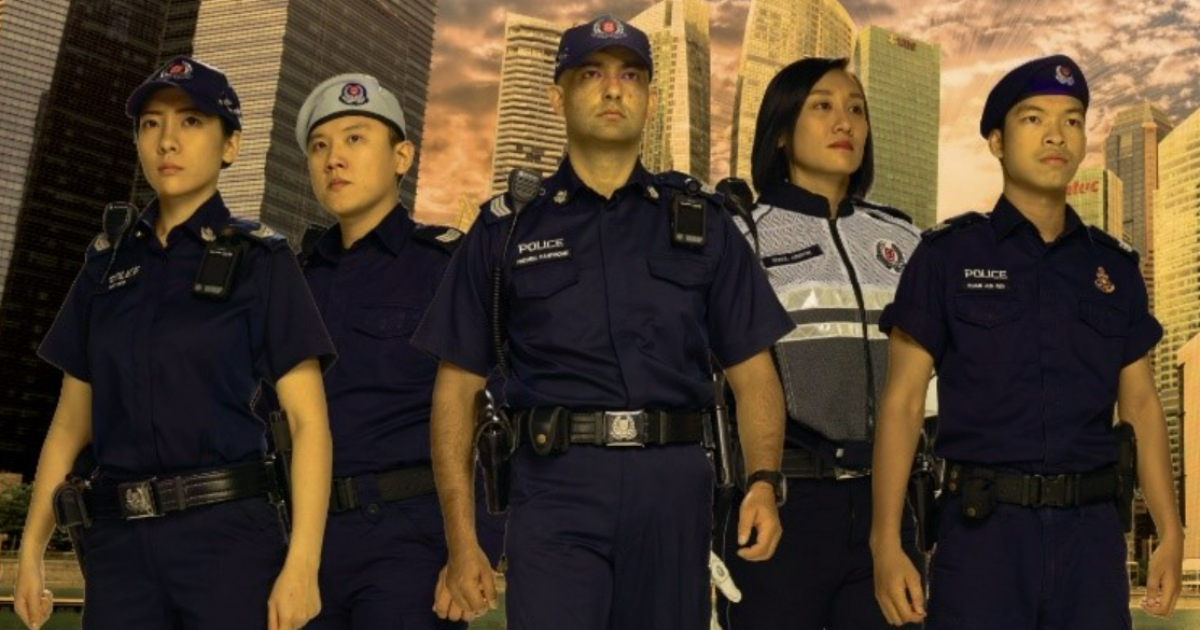19 feedback cases on formaldehyde levels in S’pore arising from renovation works since 2020
The addition of formaldehyde to paints used for building interiors will be banned in Singapore starting on Jan. 1, 2026.
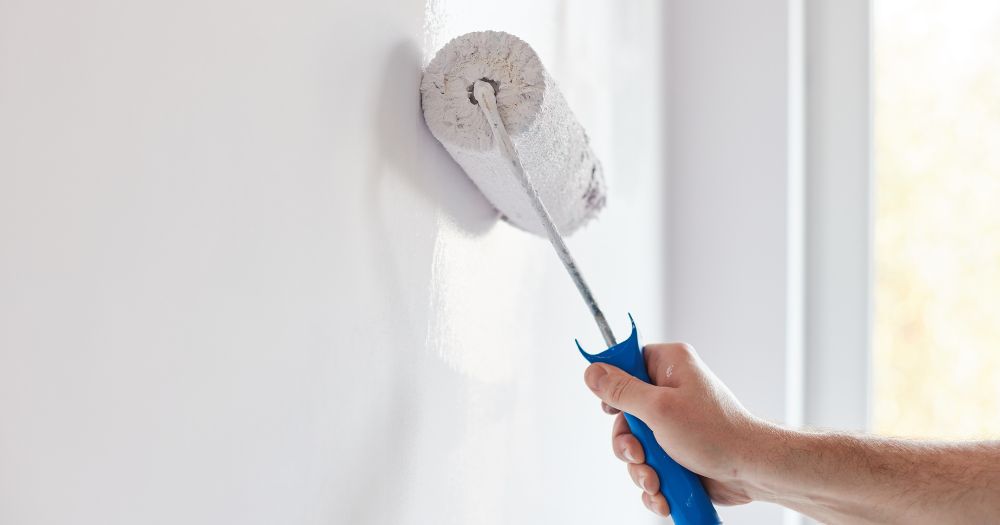
Since 2020, the National Environment Agency (NEA) has received 19 feedback cases on formaldehyde levels arising from renovation works, said Baey Yam Keng, Senior Parliamentary Secretary for the Ministry of Sustainability and the Environment.
He was speaking at the parliamentary hearing on Aug. 6 in response to questions posed by Members of Parliament (MP) on formaldehyde.
It was previously announced during the Budget debate in March that the addition of formaldehyde to paints used for building interiors will be banned in Singapore starting on Jan. 1, 2026.
This timeline balances public health concerns and provides the industry with adequate time to adjust to the new requirements, according to Baey.
Formaldehyde in paint will be regulated as a hazardous substance under the Environmental Protection and Management Act, he said.
Companies found importing, manufacturing, or processing to sell or offer for sale in Singapore interior paints with formaldehyde levels equal to or exceeding 0.01 per cent weight in weight are, upon conviction, liable to a fine of up to S$50,000 or imprisonment for a term of up to two years or both.
NEA will carry out market surveillance and take appropriate enforcement action, Baey said.
Formaldehyde in furniture industry
Baey noted that in addition to paints, other products, such as composite wood products and adhesives, may emit formaldehyde.
NEA is actively studying this issue and reviewing international best practices, guidelines, and regulatory requirements.
Baey later added that they are looking at how the law can be applied to these products.
He acknowledged that the furniture industry is making efforts to reduce formaldehyde emissions.
In 2023, the Alliance for Action on Sustainable Spaces, formed by the Singapore Business Federation, the Singapore Furniture Industries Council (SFIC), and the Singapore Green Building Council (SGBC), introduced industry guidelines to improve indoor air quality.
These guidelines include recommendations for formaldehyde emission limits in indoor products and furnishings.
Using certified products
Baey encouraged the public to use products certified by the Singapore Green Labelling Scheme or the Singapore Green Building Product Certification Scheme.
Wood products with these green labels are certified to have low or non-detectable formaldehyde levels, while interior paints with these labels must contain no formaldehyde.
The SFIC website also lists member companies committed to supplying or adopting low or no-formaldehyde products and solutions.
Baey advised occupants to improve ventilation and promote air circulation if products containing formaldehyde are used indoors.
This can be achieved by opening doors and windows and using fans and ventilation systems to help dilute formaldehyde concentrations.
Public awareness
MPs Edward Chia, Cheryl Chan, and Melvin Yong raised questions about public awareness of formaldehyde hazards. Baey responded that efforts will be made with industry associations to raise awareness.
He urged consumers to research products used in home furnishings and to question contractors about the type of paint being used and its formaldehyde content.
He also noted that many paints on the market do not contain formaldehyde, and consumers can easily verify paint content by checking product details.
Top photo from Canva
MORE STORIES







